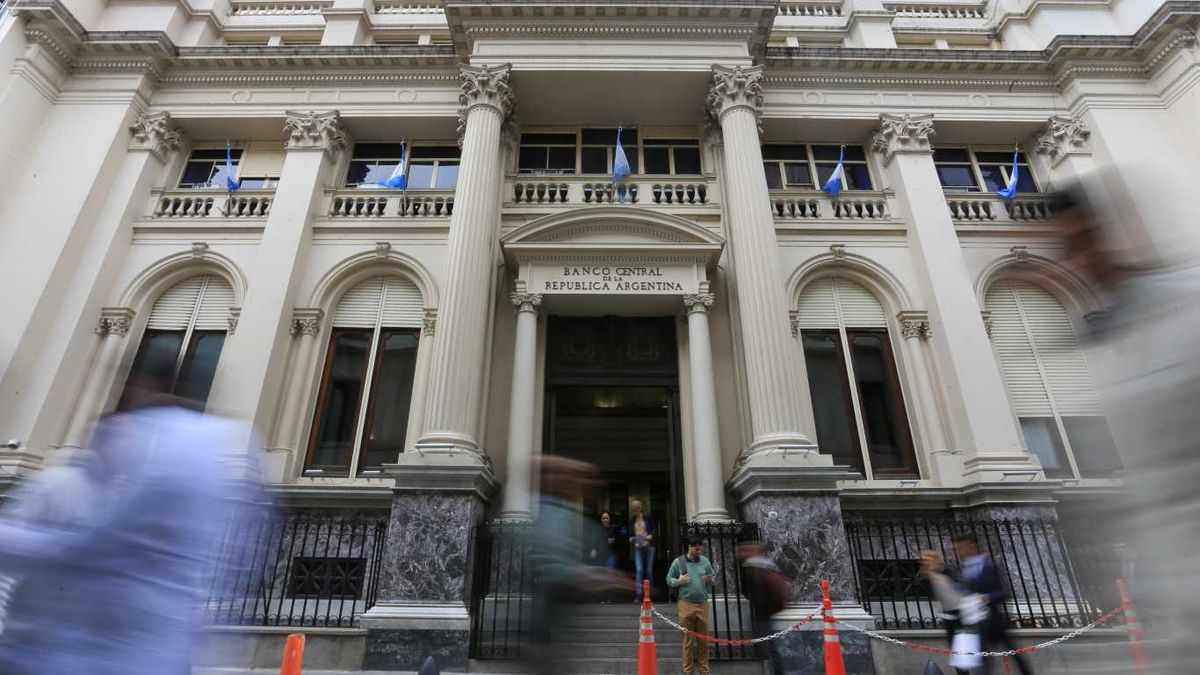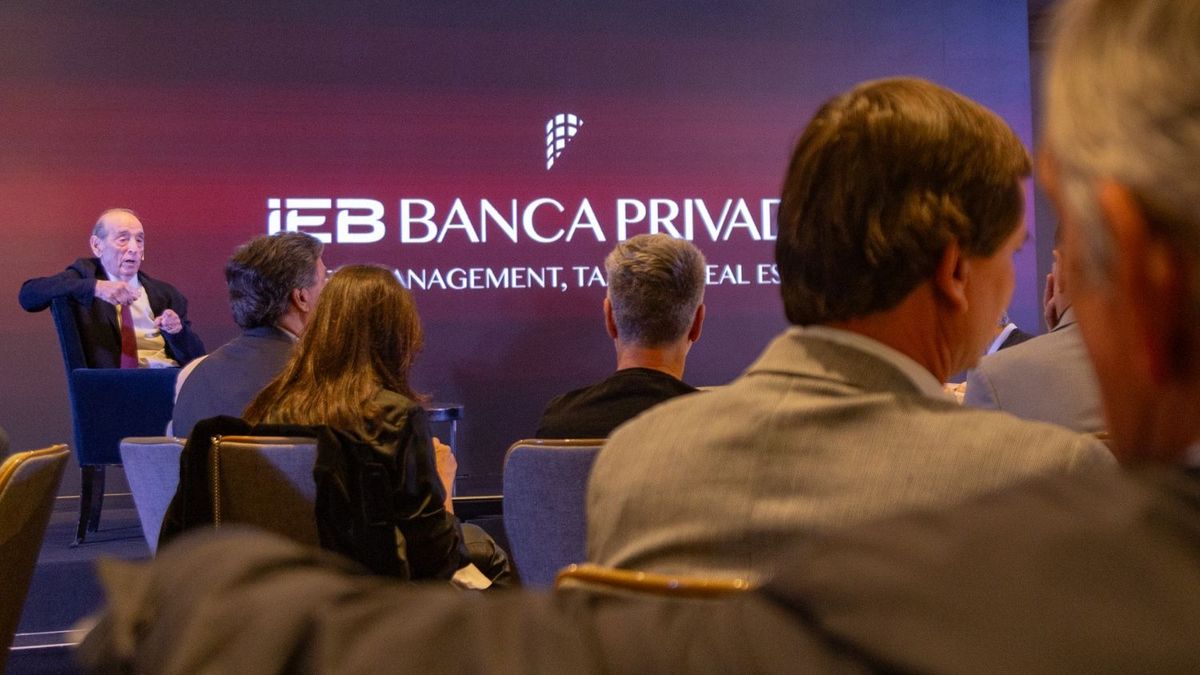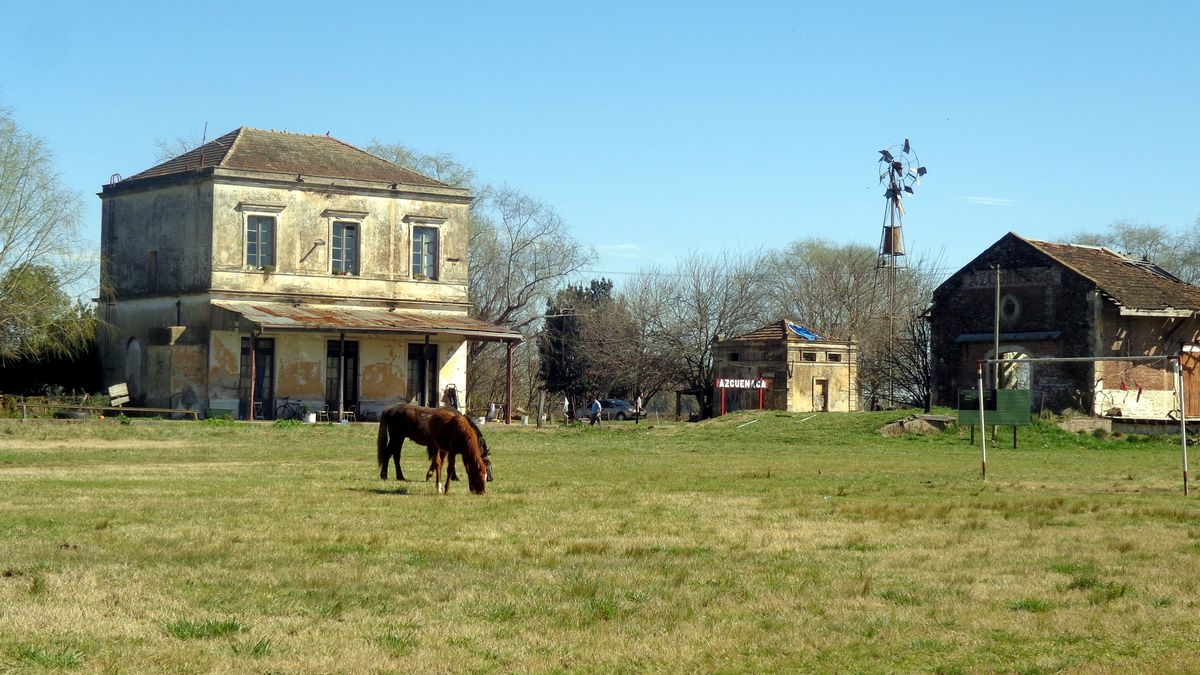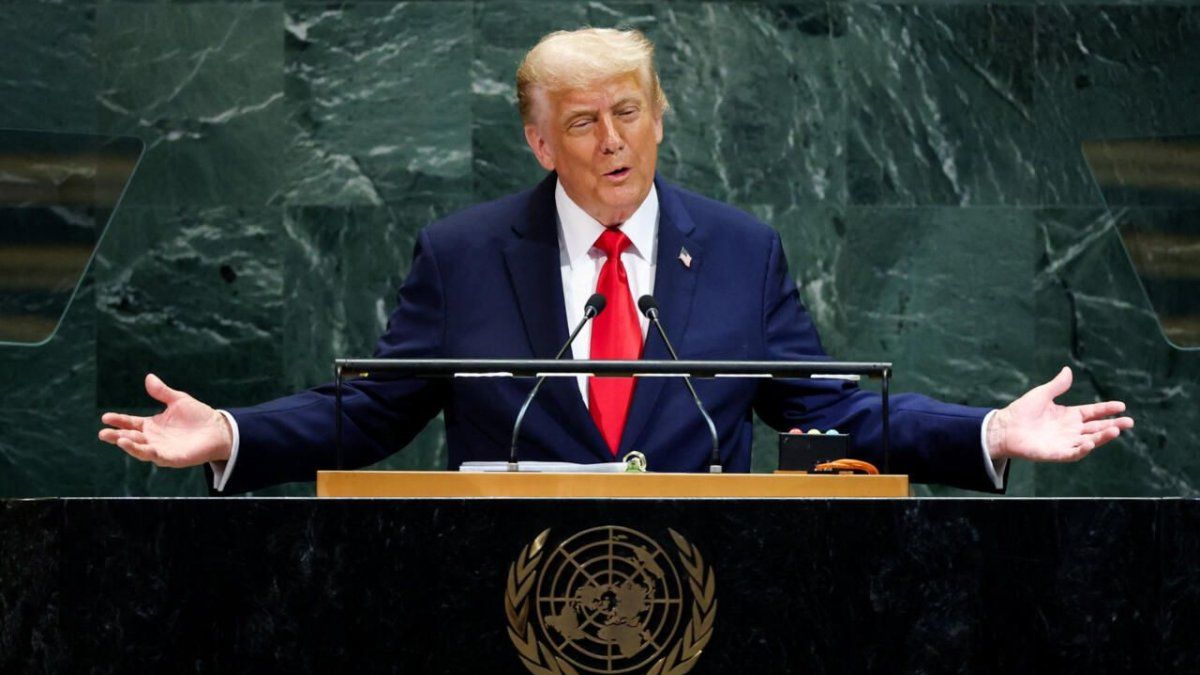The Ministry of Economy indicated the objective of accumulating US$5 billion in reserves. In the first question, that amount would already be (at least for the moment) guaranteed. As they anticipated Ambit official sources, to the initiatives that are already being executed, new ones will be added for more than US$5,000 million with multilateral organizations.
1st scenario: Devaluation?
One of the Econviews theories is that the supply of funds in the MULC (“single free exchange market”) has a certain elasticity with respect to the value of the official dollar and the size of the exchange rate gap (now in three digits), which It would allow the Central Bank to maintain its buying position in the market and obtain dollars.
For the consultant, the government will have to speed up the rate of devaluation to maintain the export jump and receptive tourism. In this way, they designed a first scenario in which there is a real devaluation of 15p.p. In this first case, between what the IMF returns and what the BCRA buys, the external position improves by US$8,329 million.
2nd scenario: More trap?
In the second case, Econviews establishes a scenario in which the Central Bank maintains “mini devaluations” and restricts access to dollars. In this sense, Econviews estimates that the Central Bank will not be able to maintain what the IMF returns and would only increase reserves by US$2.05 billion.
“The problem with this scenario is that the IMF will almost certainly not allow those dollars to be used to intervene in the market. In other words, the solution so that at least the 3.9 billion are maintained is to put more traps and, for example, block payments for tourism or prevent more imports. Imports paid in 2021 were 61,141 million. In a devaluation scenario of 15 points, that is, bringing the dollar to 120 at current prices and without impact on local prices, imports could be 66,644 million, “they estimated .
In short, the private consultant assured that a more appreciated exchange rate could further increase reserves “but we assume that in this scenario the obstacles to importing are multiplied and payments through this route reach US$64.2 billion.”
“If the IMF’s $3.9bn is to be defended, imports would fall to $62.3bn. At these prices, this is a steep adjustment. There won’t be many cars, many spare parts, and the best personal finance advice would be ‘Take care of your fridge. and washing machines”. Iron ore, bauxite and other critical inputs for the industry should not be lacking. So the pressure is going to go on consumer goods, durable and non-durable.”
In summary, The Central Bank will have to face the main challenge of reducing the exchange rate gap to avoid the drain of dollars in the available channels, increase confidence and achieve greater investments that allow it to be in a more comfortable position when it comes to meeting fiscal goals.
Source: Ambito
David William is a talented author who has made a name for himself in the world of writing. He is a professional author who writes on a wide range of topics, from general interest to opinion news. David is currently working as a writer at 24 hours worlds where he brings his unique perspective and in-depth research to his articles, making them both informative and engaging.




